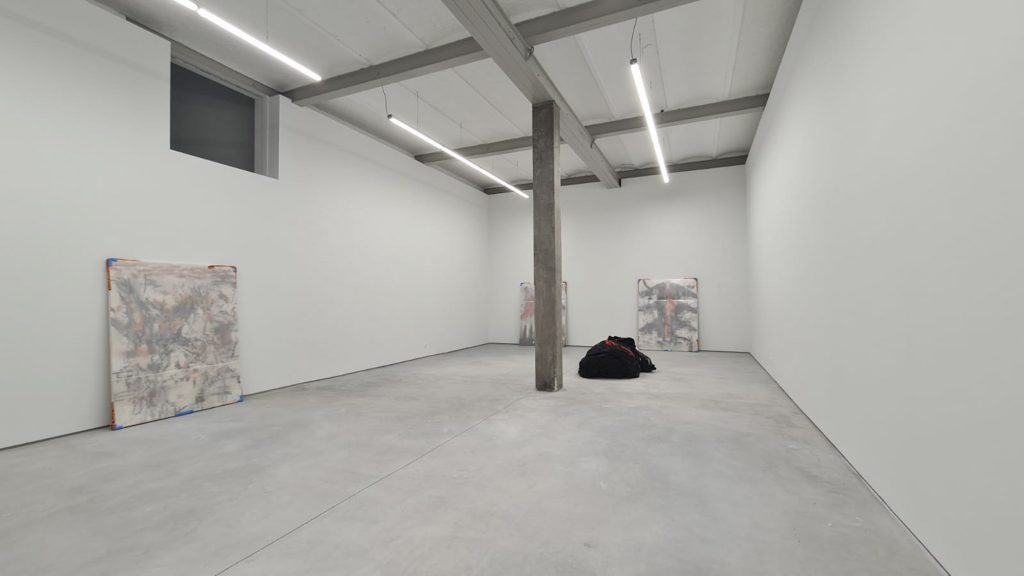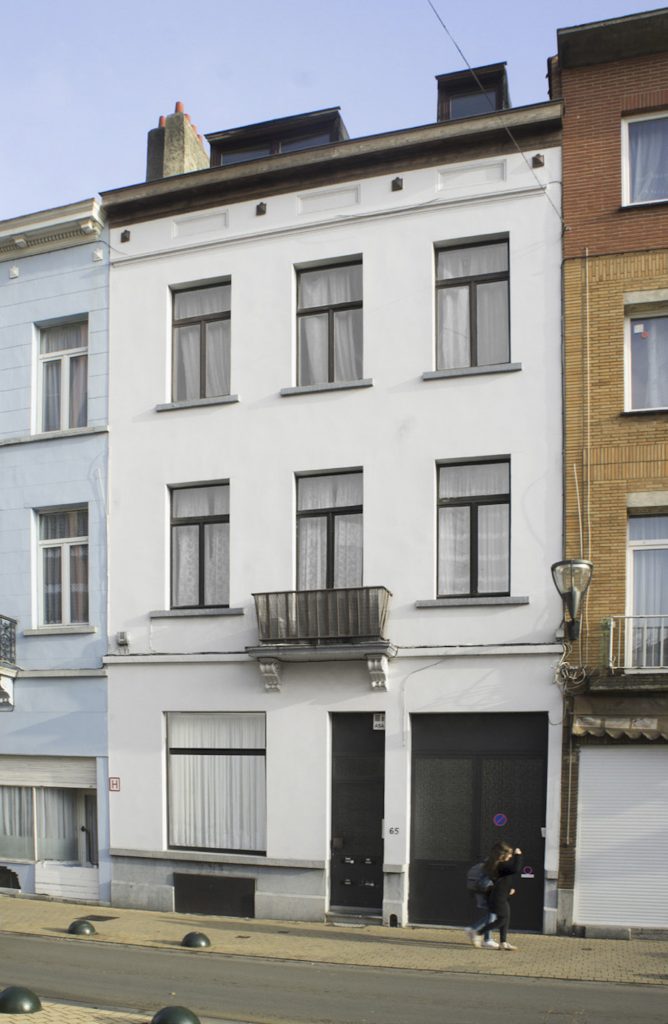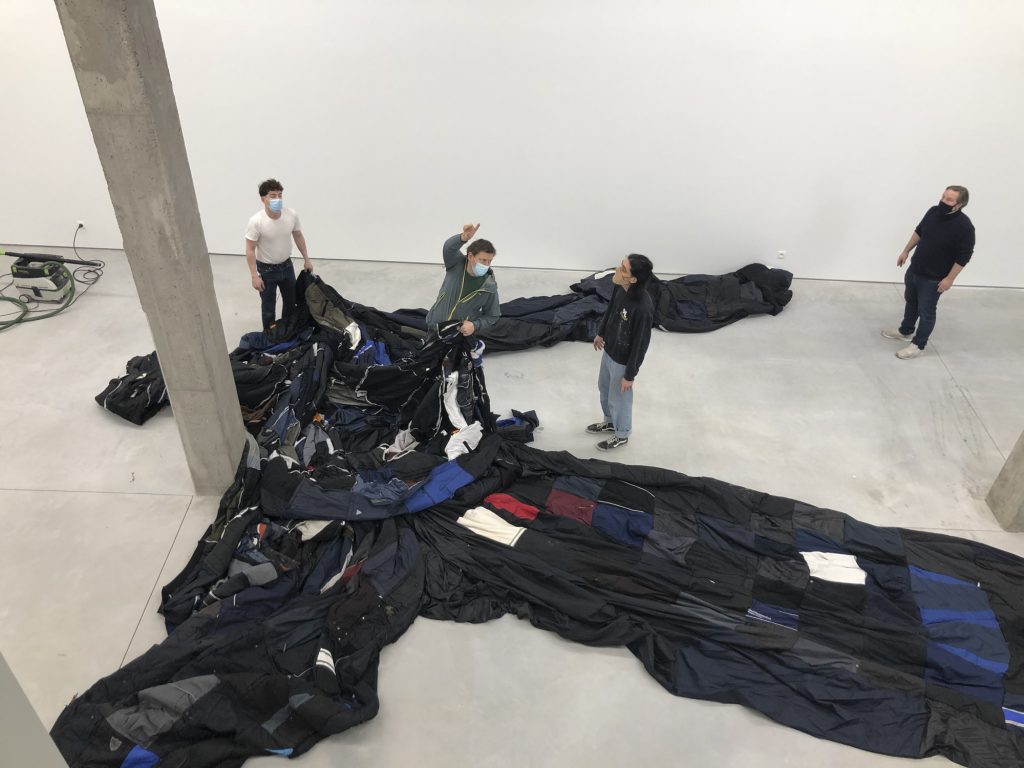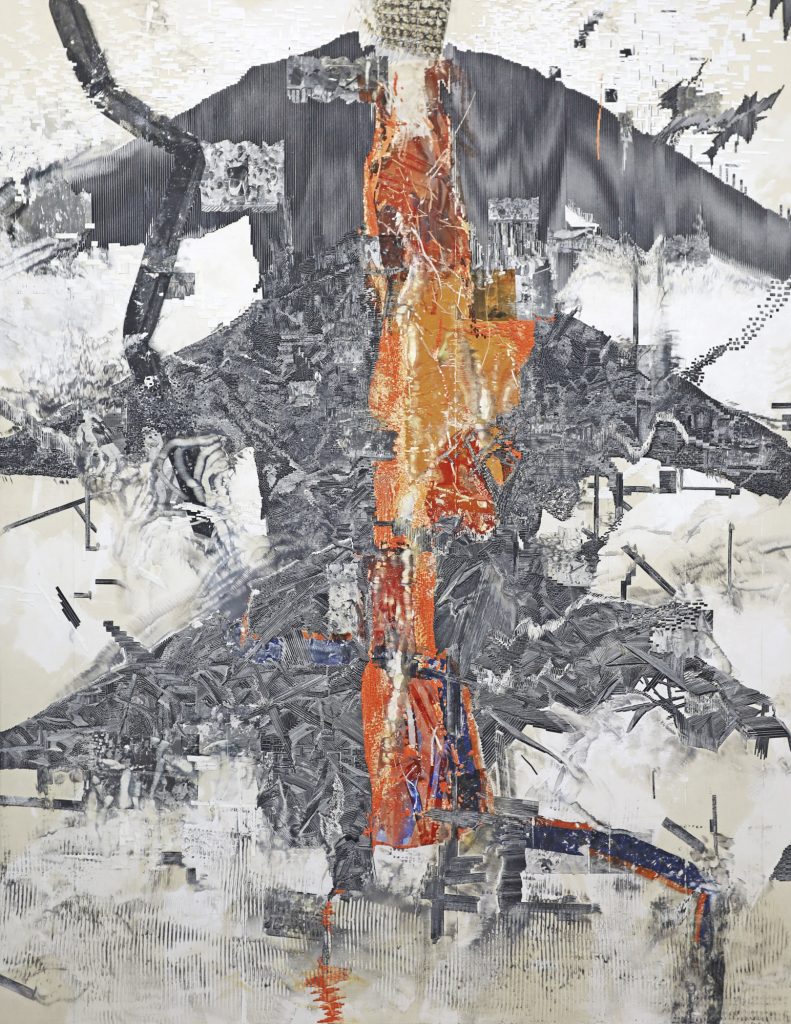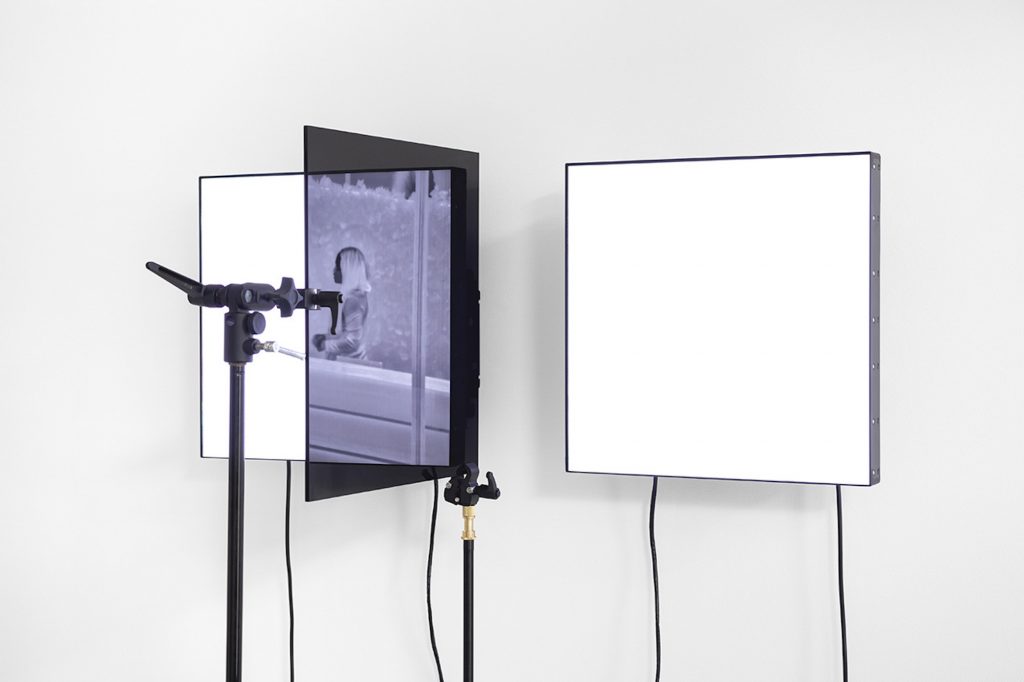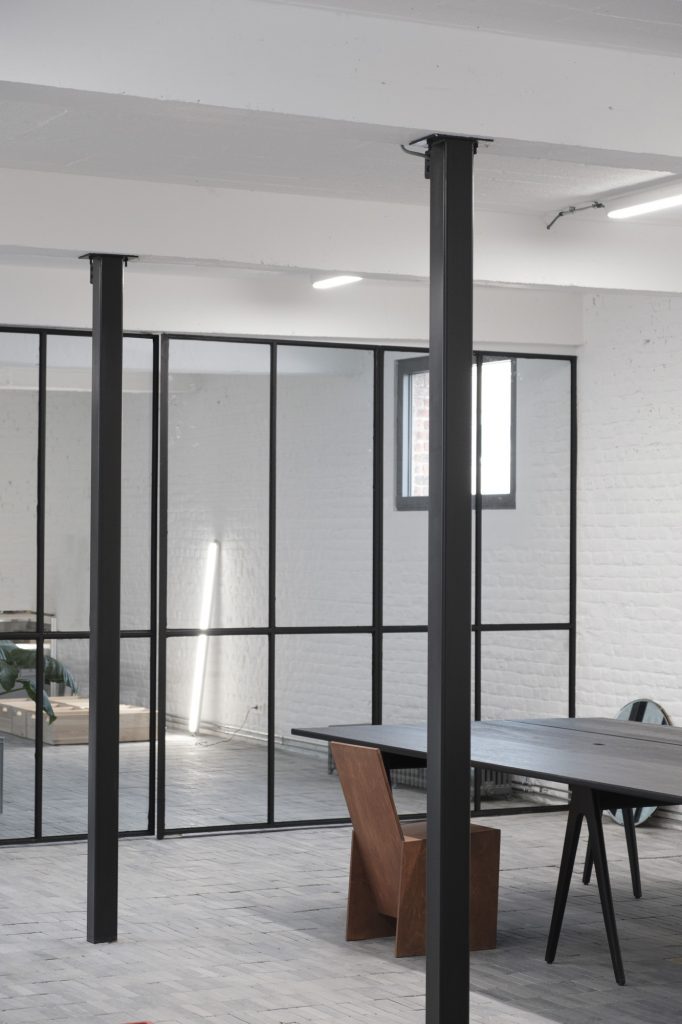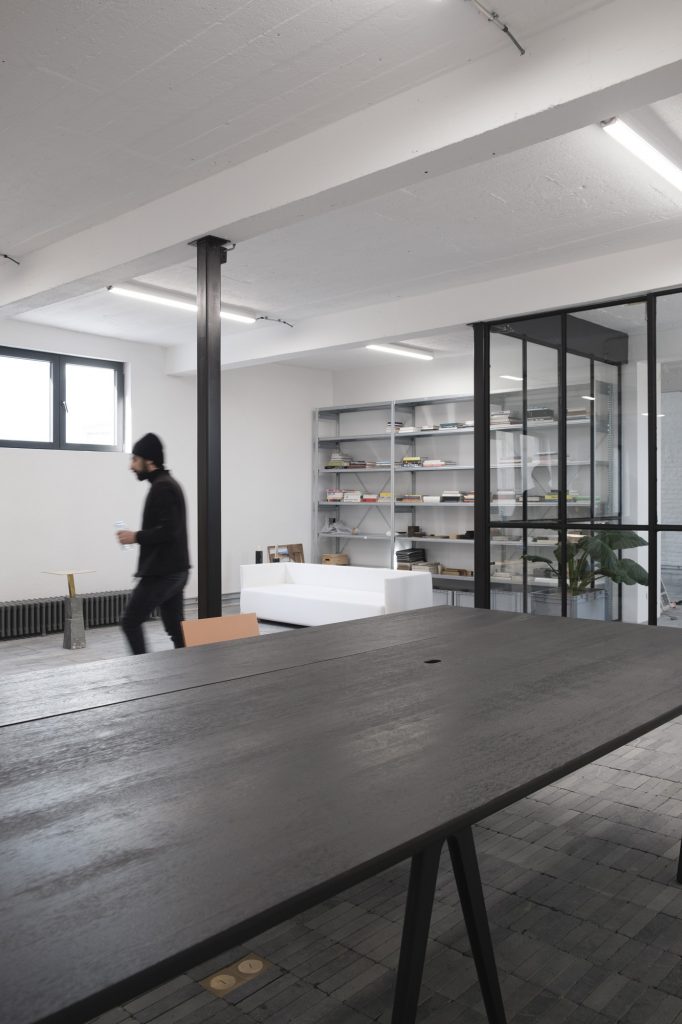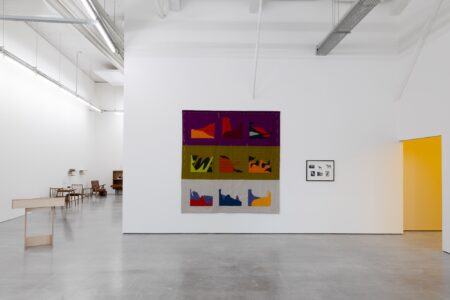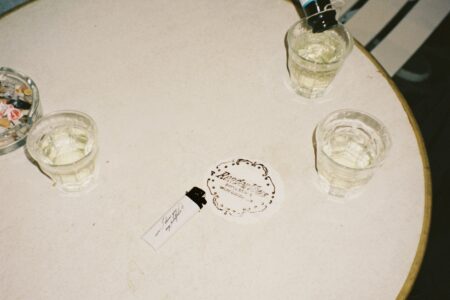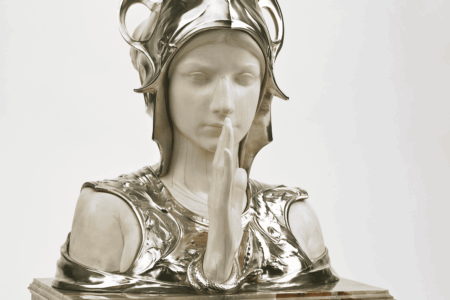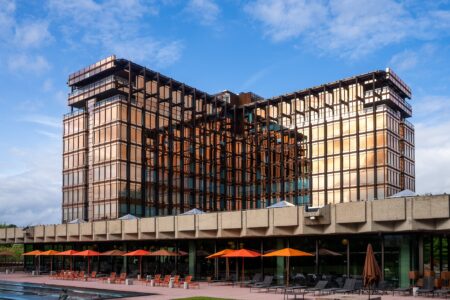New Constellations: Harlan Levey Projects 1080
Later this month, in the heart of Molenbeek, Brussels, gallerists Harlan Levey and Winnie Kwok will open HLP 1080. Created as a constellation of artist studios, exhibition spaces, and offices, and with Noro Khachatryan’s atelier and showroom above, the new space will function as a hub for diverse artists and creatives to come together.
Later this month, in the heart of Molenbeek, Brussels, gallerists Harlan Levey and Winnie Kwok will open Harlan Levey Projects 1080. Levey and Kwok have a long history of investing in the local cultural scene, creating social, participative exhibitions and events on topics of civic wellbeing. Created as a constellation of artist studios, exhibition spaces, and offices, and with Noro Khachatryan’s atelier and showroom above, the new space will function as a hub for diverse artists and creatives to come together. TLmag speaks with Levey about the intentions and values behind the gallery, and the path they took to get here.
TLmag: How did Harlan Levey Projects come about?
Harlan Levey (HL): Accidentally, to some extent. Winnie and I began to organise exhibitions, and this led us to start a project space. Neither of us had experience in running a business; we were both freelancers, jumping between cultural jobs, doing many things at the same time. At some point we realised that we could find sponsors to produce exhibitions about topics we cared about. We partnered with the United Nations for a project on violence and gender, and with the European Union on another project about technology and how it shapes perception. These events let us produce other exhibitions without commercial pressure. As we built up our relationships with artists, our practice slowly took shape as a gallery. For the first five years, it was only a passion project. Then we started to grow, along with our artists’ reputations, our sense of the business, our contacts, and our know-how. It’s been very organic.
TLmag: Have you always had an interest in working with artists?
HL: I’ve always spent a lot of time working with artists in different capacities – not always as a professional endeavour, but that was often the case. When it wasn’t, I did so next to whatever my job happened to be at the time. When you’re young and you’re starting out, there’s a difference in terms of potential and capacity. It’s very special to grow with artists and have a shared long-term vision and belief. We talk to almost all of our artists three or four times a week. In most businesses, they’ll tell you to separate the personal and the professional. In our approach the two concepts are very merged. It’s intimate and very trust based, and that’s been a joy.
TLmag: Where did your emphasis on civic issues come from, and how do you enact it in your work?
HL: I’ve always been interested in politics, and heavily influenced by concepts of civic disobedience, social justice, and ideas laid out by the Frankfurt School and others. I think art is a much more open realm for radicality, poetry, and important human drivers that can build society. While institutions and politics are built to be sedentary and become somewhat stagnant, art, literature, music, and poetry are the things that changed me as a person. Change is definitely something art has the capacity to do on very small and humble levels, and that excites Winnie and I. Dealing with politics by opening up questions about emerging historical narratives or things that have been overlooked was something that always appealed to us both. We each have very broad experiences, and naturally we’re excited and attracted to artists who can go deeply into something. This leads us to artists with a various types of research-based practice, or where there’s a clear trajectory of interest, concern, and sincere attitude.
TLmag: Has the way you and Winnie approach projects changed? Do you each have particular roles?
HL: It can vary from project to project, but our approach has not really changed. When we look at how we handle a project today compared to when we started, we learned by doing, and our execution then versus now is like night and day. We didn’t train in other galleries. We didn’t know people who did this, or even people who collected art. We’re just art lovers and believers. Fortunately, we evolved; we got sharper and took information on board, and that’s probably the main difference: experience and awareness. In terms of roles, we discuss everything. I don’t mean to shoot myself in the foot, but Winnie is an amazing talent. She’s involved in every single step, from graphic design to exhibition design, administration to artist relations. I’m involved in every step too, but while she keeps the whole machine running I’m the person out networking, writing, and researching. The gallery is under my name, but she and the artists should receive all credit for our successes. I think our skill sets complement each other very well, and her great patience balances my passion and a sense of urgency I often need to overcome.
TLmag: Do you and Winnie oversee curation of the gallery shows? Or do you work with external collaborators?
HL: We do. We talk about everything, so there’s nothing that’s just outsourced. We’ve worked with an external curator a couple of times, but very rarely to date. We will do it again for a show in 2022 with DJ Hellerman the Chief Curator at SCAD Museum of Art. The process is the same as when we work with artists or writers; it’s collaboration, dialogue, and knowledge exchange. It’s a pleasure to bring in other voices, visions, and expertise, and we’re definitely looking forward to more collaborations with external people. You have to be inspired and believe something is worth all the energy, love, time and money you put into it. So when we’re struck by something that gives us that feeling, we’re excited to go forward with it. All relationships around the gallery are similar in this sense: both parties must be inspired by, and inspiring to, each other.
TLmag: Why did you choose Molenbeek as the site for the new space?
HL: We were looking for a place that could house studios for artists, and a bigger exhibition platform that could function as a kind of kunsthal with long, slow shows rather than a quick turnover. We think of the gallery as a laboratory for thought and transdisciplinary exchange, so where we are matters less than the space we construct. Something you learn in the arts as a very key skill is flexibility. Even in our small space in Ixelles, we rebuild the walls and the architecture for almost every exhibition. We love this ability to contextualise a space, because context is a very important factor in the way we read the world. So ultimately it wasn’t about choosing Molenbeek so much as choosing a building, but I’m also very excited to be in Molenbeek because there are a lot of cultural actors here and loads of potential. It’s vibrant and exciting.
TLmag: Can you tell me a bit about your upcoming shows and experiences in the new space?
HL: There’s an open studio and book launch with Emmanuel Van der Auwera as he prepares for his solo exhibition at the Haus der elektronischen Künste in Basel and concludes his residency with Mindspaces. In the gallery space we’ll have the second part of Marcin Dudek’s exhibition, Slash & Burn II. Marcin created an installation composed of around three hundred jackets sewn into one giant jacket, and you’ll enter the gallery space through a sleeve. Of course, this is an over-simplification of the project. There will also be mixed media paintings and video works to fill out the journey through this very site specific and immersive piece. The exhibition will be accompanied by a publication with texts by curators Amanda Sarroff, Ive Stevenheydens and Eddy Frankel. In September, we have a show with Jeroen Jongeleen. Jeroen has been working in Rotterdam since 1999 and his projects are very intervention-based and ephemeral. A lot of his recent work has been based on running. We’re also organising a workshop with a local girls’ basketball club, the ‘Molenbeek Rebels,’ about how he sees art as a tool for democracy and civic well-being. We’re really excited because it’s our first partnership with a local organisation.
HLP 1080 is opening on 29 April, 2021 by appointment only.
65 Rue Isidoor Teirlinckstraat, 1080 Brussels, Belgium
